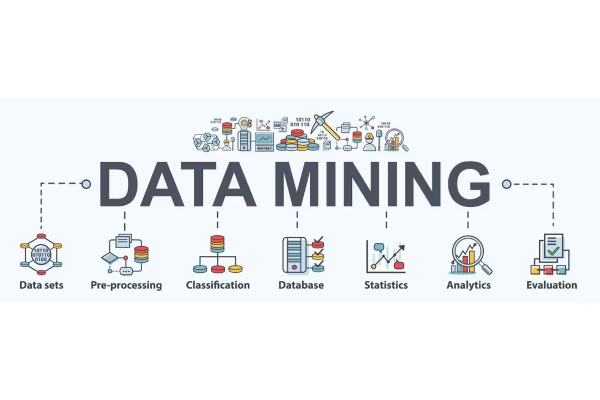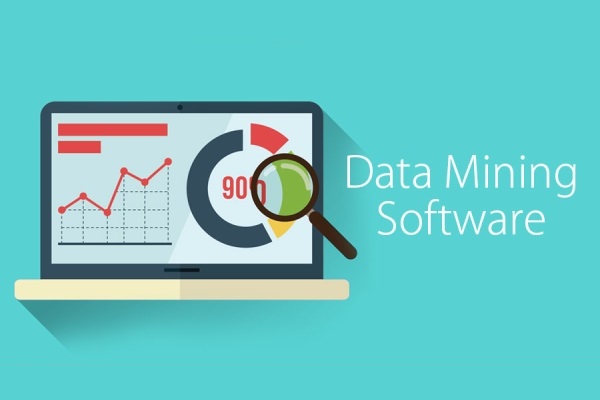Data Mining
Data mining is the process of discovering meaningful patterns, trends, and insights within vast datasets, unveiling valuable knowledge that can inform strategic decision-making. By employing advanced statistical algorithms, machine learning, and artificial intelligence techniques, It extracts valuable information from raw data. This transformative practice is instrumental in various fields, including business, finance, healthcare, and scientific research. It enables organizations to uncover hidden patterns, predict future trends, and optimize processes, ultimately enhancing efficiency and facilitating informed decision-making. As the volume of data continues to grow, It plays a pivotal role in unlocking the potential within this wealth of information.

Key Concepts of Data Mining

Data Collection
The foundation of data mining lies in acquiring vast datasets from diverse sources. This includes structured data from databases, unstructured data from text documents, and semi-structured data like XML files. By integrating these data types, data mining facilitates comprehensive analysis and uncovers valuable insights, ultimately driving informed decision-making.

Data Cleaning
Before analysis, raw data often requires preprocessing to handle missing values, eliminate duplicates, and address inconsistencies. Furthermore, data cleaning is essential to ensure accuracy and reliability. As a result, this step is vital in properly preparing information, thereby improving the overall effectiveness and accuracy of the data mining process.

Data Analysis
Exploratory Data Analysis (EDA) involves visualizing and summarizing data to actively understand its underlying structure. Furthermore, this essential step helps identify patterns, trends, and potential outliers. Consequently, EDA offers valuable insights that directly guide and shape the direction of subsequent data mining activities, ensuring a more focused and effective approach.

Data Transformation
Transforming data into a suitable format for analysis is a crucial step. Specifically, techniques such as normalization, discretization, and encoding are commonly employed. Moreover, this transformation not only improves data quality but also increases compatibility with various mining algorithms, ultimately enhancing the overall effectiveness of the analysis process.




Data Mining
Data mining is a powerful process that extracts valuable insights from large datasets. By employing various techniques, such as clustering and classification, analysts can identify patterns and trends. Furthermore, this approach enables businesses to make informed decisions, ultimately enhancing their strategies and driving growth in a competitive market.

Pattern Evaluation
Pattern evaluation is essential for assessing the usefulness of discovered patterns. Specifically, it involves analyzing their validity and relevance. By comparing patterns against established criteria, analysts can determine their significance. Consequently, this step helps refine models, ensuring that only valuable insights guide decision-making and drive further mining efforts.

Modal Deployment
Modal deployment refers to the implementation of machine learning models into production environments. This process typically involves careful planning and testing. Moreover, organizations must consider factors like scalability and monitoring. By effectively deploying models, teams can ensure they deliver accurate predictions and valuable insights to drive business decisions.

Cross Validation
Cross-validation is a vital technique in model evaluation, ensuring that the results are reliable and robust. By dividing the dataset into training and testing subsets, it allows for a thorough assessment. Consequently, this method helps mitigate overfitting, ultimately leading to better generalization and improved performance of the model.